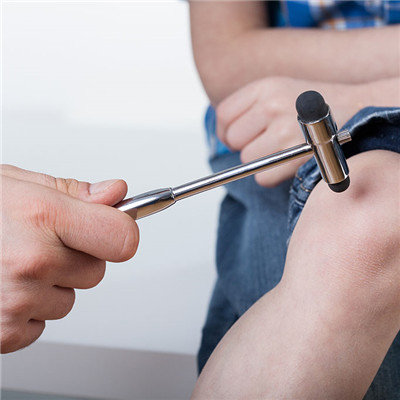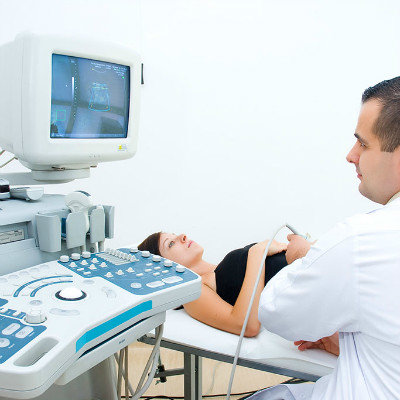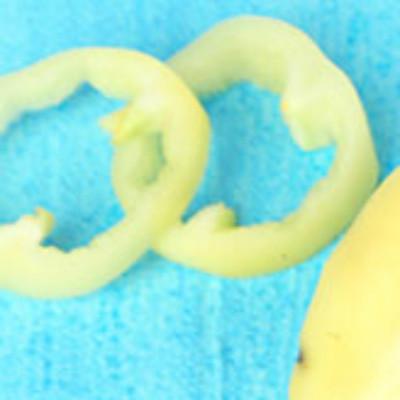What is the cause of congenital esophageal stenosis?
summary
Congenital esophageal stricture (CES) is a kind of deformity existing after birth due to the internal stricture of esophageal wall structure. It is very rare in clinic, more than in childhood, and often needs surgical treatment. Clinically, it should be distinguished from secondary esophageal stenosis. What is the cause of congenital esophageal stenosis? Let's talk about it
What is the cause of congenital esophageal stenosis?
This disease is the result of excessive proliferation of mesodermal components in trachea, basal part of esophageal septum or lateral ridge of esophagus during embryonic development of esophagus. It mostly occurs below the bifurcation of trachea. Cicatricial stricture of esophageal mucosa was formed after repair due to inflammation or chemical corrosion;

Membranous web or diaphragm formation is also called membranous stenosis, which is rare. Some people think that this is very similar to esophageal atresia, usually in the middle and lower esophagus. The surface of the membrane or diaphragm is covered by some squamous epithelium. The onset time will be in the stage of solid food diet.

Fibromuscular hypertrophy can cause esophageal stenosis, also known as idiopathic muscular hypertrophy, is the most common manifestation. Submucosal smooth muscle and fibrous connective tissue will proliferate and be covered by squamous epithelium, just like pyloric hypertrophic stenosis.

matters needing attention
Pregnant women with polyhydramnios should be alert to the possibility of congenital malformation. Amniocentegraphy and simultaneous increase of alpha fetoprotein and acetylcholinesterase in amniotic fluid are helpful for prenatal diagnosis. Should eat more soft food, liquid food, eat less fried, hard food. Diet diversification: usually not picky, from different foods to supplement the body's nutrition.














